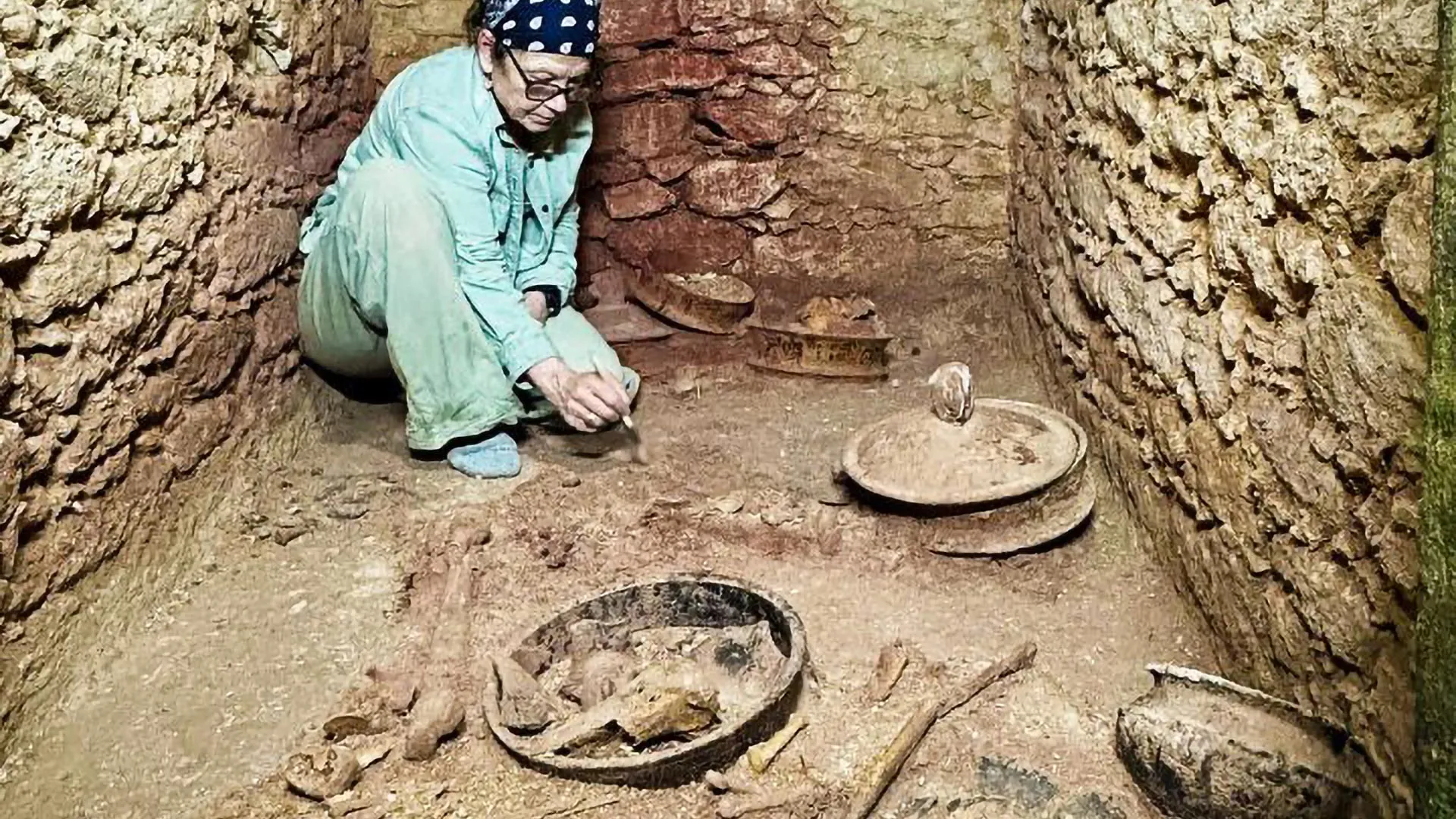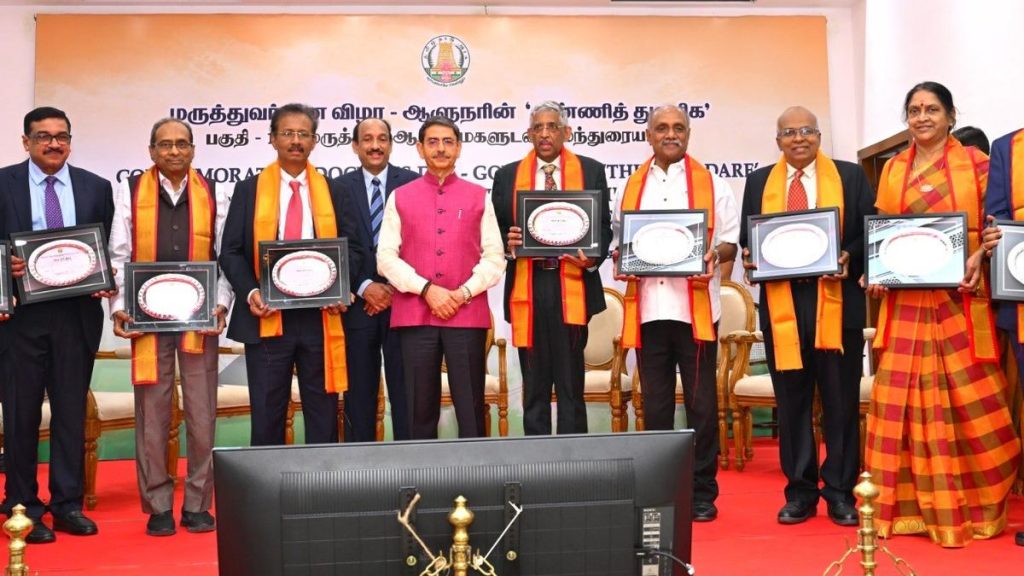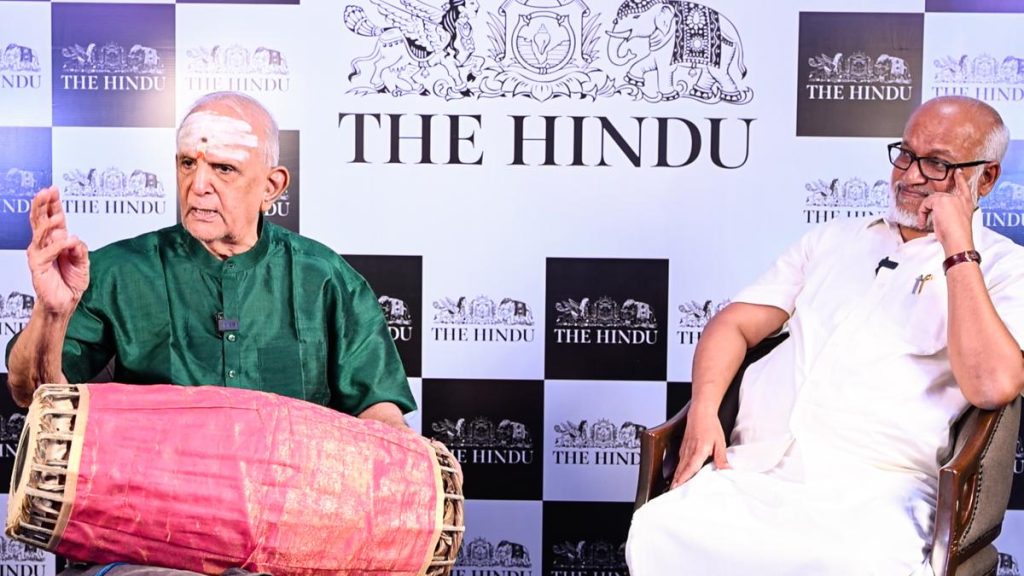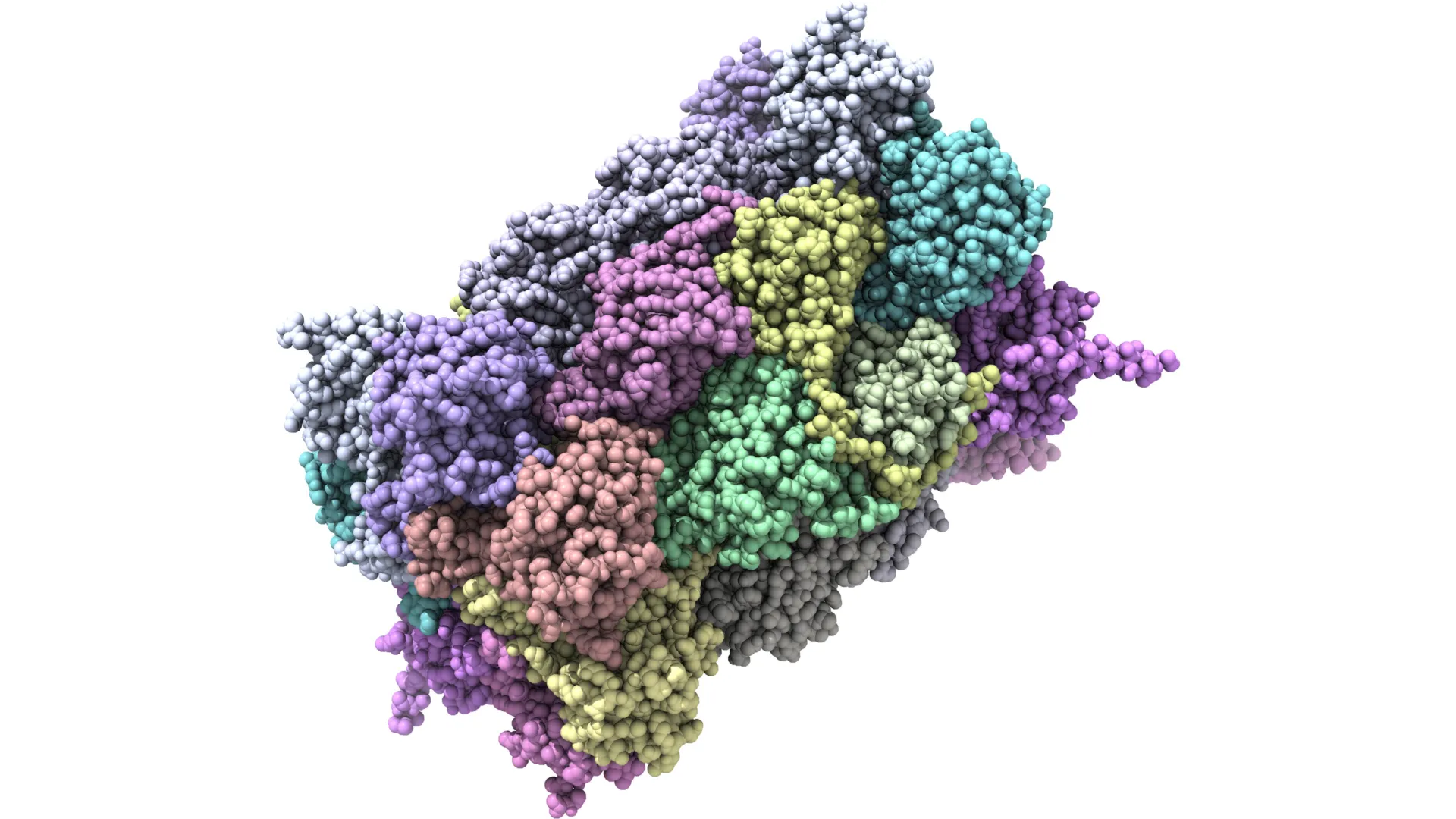Now Reading: Maya King’s Tomb Sheds New Light on Mesoamerican History
-
01
Maya King’s Tomb Sheds New Light on Mesoamerican History
Maya King’s Tomb Sheds New Light on Mesoamerican History

quick Summary
- Archaeologists from the University of Houston have uncovered the tomb of Te K’ab Chaak, the first ruler and founder of CaracolS royal dynasty in belize.
- The discovery at Caracol,a major Maya city that flourished from 560-680 AD before its abandonment by 900 AD,is the first identifiable ruler’s tomb found in over four decades.
- The tomb contained eleven pottery vessels, jadeite jewelry, a death mask, Pacific spondylus shells, and other artifacts reflecting high-status burial practices. many items showcased Maya iconography and references to trade and diplomacy.
- Radiocarbon data connects this burial with two others dated around 350 AD within Caracol’s Northeast Acropolis; evidence suggests ties between early Maya rulers and central Mexican culture (Teotihuacan).
- Artifacts include obsidian blades from Pachuca (Mexico),atlatl points typical of Teotihuacan warriors but atypical for Maya customs,indicating diplomatic or cultural exchanges during this era.
- research continues regarding DNA analysis and artifact reconstruction; findings will be presented in August 2025 at Santa Fe Institute’s conference on Maya-teotihuacan interaction.
Indian Opinion Analysis
The discovery sheds light on interregional connections between ancient civilizations like the Maya and Teotihuacan-a reminder that cultural exchange was foundational to early global diplomacy. For India, which holds its own rich archaeological heritage spanning millennia (e.g.,Harappan Civilization),such studies underscore how uncovering past links enriches understanding of foundational governance strategies across interconnected societies.
Additionally, advanced investigative methods like LiDAR imaging-pioneered by archaeologists studying sites like Caracol-demonstrate how technology helps revisit assumptions about social hierarchies or urban planning in ancient cultures. Extending such interdisciplinary approaches to study India’s vast archaeological landscapes could deepen insights into trade networks or socio-political structures during similar periods (~300 AD). Preserving India’s historical identity through parallel high-profile initiatives remains integral not only for academia but also for fostering global heritage narratives.























